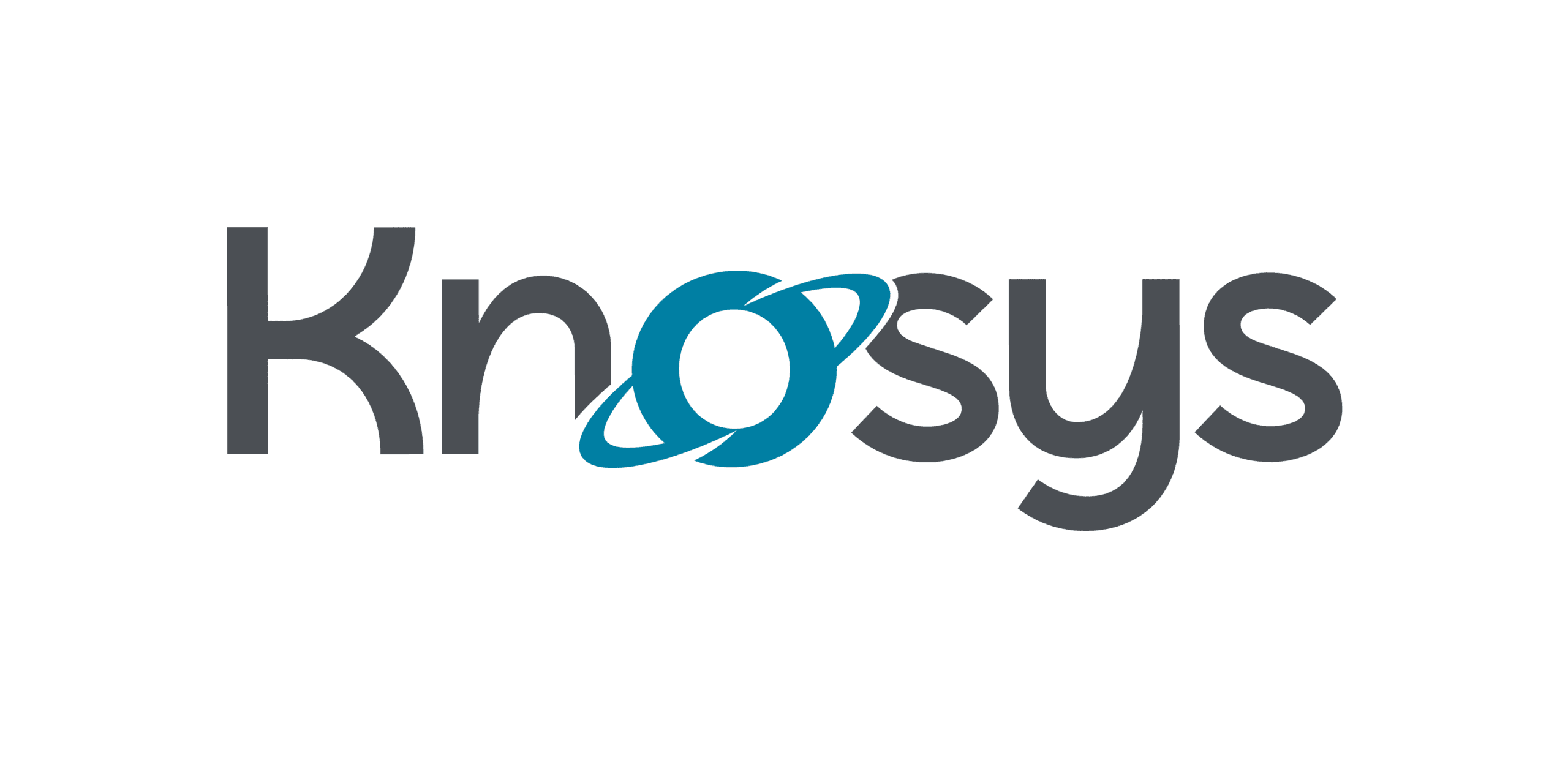The discussion around establishing a realistic productivity routine while working from home is becoming a trend topic. The more people are relegated to their lounge rooms and home offices to work, the more awareness there is of both the benefits and difficulties of that arrangement.
We are not talking about your standard work from home set ups though. There are many elements that contribute to the environment being anything but ideal for productivity, when once it would have been.
You’re sharing your workspace with not only a partner or other family members or housemates, but quite possibly with one or more children, toddlers or babies. You might be caring for an elderly or unwell member of your family during this pandemic and negotiating how to manage your workload while tending to the needs of others.
And then there’s you.
Your still facing deadlines, tight turn arounds and project fulfillment. You’re still managing customer expectations, not to mention individual and team based KPIs.

When your cup is empty – how do you keep pouring from it?
The tipping point for productivity meets mental wellbeing is very real. But often the transparency between barely holding on and losing grip is so close, and so clear, that we miss it altogether – we fail to acknowledge the elephant in our very own, be it makeshift, boardroom.
Work and life during COIVD-19 has certainly triggered some household debate – some healthy discussion around the different pressures felt by specific genders in the home – or specific role players within the ménage. But debate is debate and what you need right now is a plan of action: knowledge to feel empowered and the space within your own mind to give yourself a break – before you break.
1: Communicate
Talk to your boss, your line manager, yourself – and set realistic expectations that are both achievable and negotiable. Curtail a plan of sustainable productivity that serves everyone equally.
Every individual is different, and it might be time for your teams to re-evaluate appropriate KPIs given the extensive changes and circumstantial discrepancies. Don’t be afraid to have these discussions. It’s more important than ever to clearly communicate not just your ideas, your strategies and your productivity reports – but your needs. To receive the support you need, you must communicate your needs and your concerns and make plans for what you want to achieve.
2: Listen
Listen to your body when it tells you enough. Your eyes, your head, your skin, your heart. Your body has ways of telling you things, and of letting you know where you need to improve.
Looking after your health means being aware of what you need. A break from your screen, a walk in the fresh air, more water, more vitamin D – some down time – a one on one. Listen to the needs of your customers, your teammates and your managers – but if you are determined to succeed through this and any other crisis, you must learn to listen to yourself too!
Write down the things you need. Create reminders, alerts, and solidify a routine that allows you to hit your stride.

Image credit: Martin Sanchez
3: Breathe
The simple task of inhale, exhale – seems so rudimental – but you don’t have to be a yoga instructor or a meditation expert to understand the importance of breath, awareness and self-nourishment.
When days become stressful and overwhelming – breathe. When you triumph and are proud of your work – take a moment to recognise that feeling of achievement. Breathe, relax, do it again.
4: Part of the ship, part of the crew
If you were working as part of a team before the crisis broke – you are almost certainly still part of that team. Even if some of the team has changed due to restrictions and restructures, you still have people working with you and it’s important to remember that. You may be working from home or you may still be in a safeguarded office environment, but your colleagues can offer support, understanding and comradery.
Socially there always ways to continue your engagement with your crew and by working toward and achieving goals despite the obstacles you are all facing, you have a chance to become stronger, more purposeful communicators. Take the opportunity to use creative means to structure meetings and work on projects and the feeling of individual pressure and strain can be lessened – shared – offloaded.
Request and utilise collaborative tools within your team so that the pressure of a project, or a difficult thread of customer inquiries, does not fall at the feet of one person. This is a time to share the load.
 Image credit: Marvin Meyer
Image credit: Marvin Meyer
5: Check in
Your mental health at work checklist should not go out of the window just because your location, or your duties may have changed. For mental health awareness month, we posted a useful guide for workplace mental health that we encourage you to refer to now.
https://blog.knosys.it/your-workplace-mental-health-checklist

Image credit: Brooke Cagle
We are facing a time in human history we’ve not experienced before. As professionals, as families and as a human race we need to recognise and built on the capacity for understanding, knowledge, empathy and acceptance. Start with you, start with what you can do and control and create.
We’re with you!
